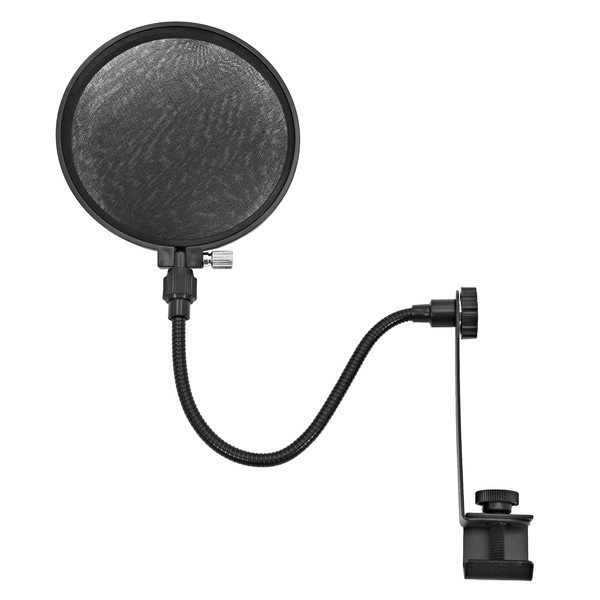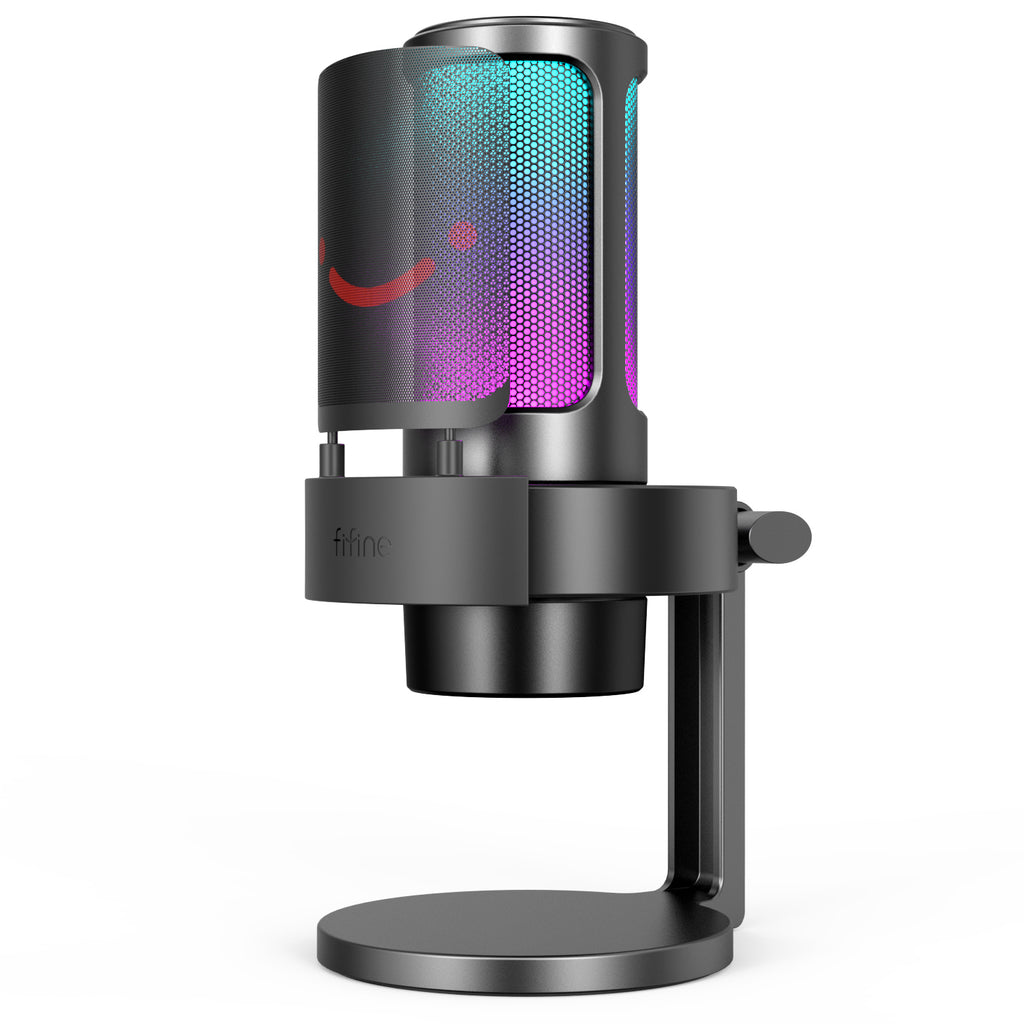
Akcesoria do mikrofonu Mikrofon Massa Pop Filter / Popkiller / OsŁona / Filtr Mikrofonowy Na Mikrofon - Ceny i opinie - Ceneo.pl

Amazon.com: YOUSHARES QuadCast Mic Pop Filter - Microphone Windscreen Mask Shield Compatible with HyperX QuadCast S USB Gaming Microphone : Musical Instruments

Amazon.com: Razer Seiren Mini Pop Filter with Foam Windscreen - 3 Layers Pop Screen Shield and Foam Cover Compatible with Razer Seiren Mini Mic by YOUSHARES : Musical Instruments

Professional Handheld Dynamic Vocal Wired Microphone Pop Filter Shock Mount Windscreen Mic Stand For Beta58A Karaoke Studio PC - AliExpress

Amazon.com: Yeti Nano Mic Pop Filter with Foam Winscreen - 4 Inch 3 Layers Wind Pop Screen Mask Shield and Foam Wind Cover For Blue Yeti Nano Mic to Improve Sound Quality

Amazon.com: Microphone Pop Filter For Blue Yeti and Any Other Microphone Dual Layered Wind Pop Screen With Flexible 360° Gooseneck Clip Stabilizing Arm By Earamble : Musical Instruments

Amazon.com: Yeti X Mic Pop Filter with Foam Windscreen - 4 Inch 3 Layers Wind Pop Screen Mask Shield and Foam Wind Cover For Blue Yeti X Mic to Improve Sound Quality















